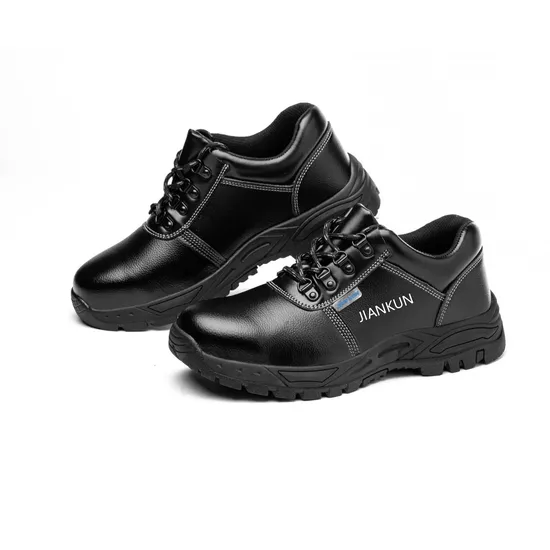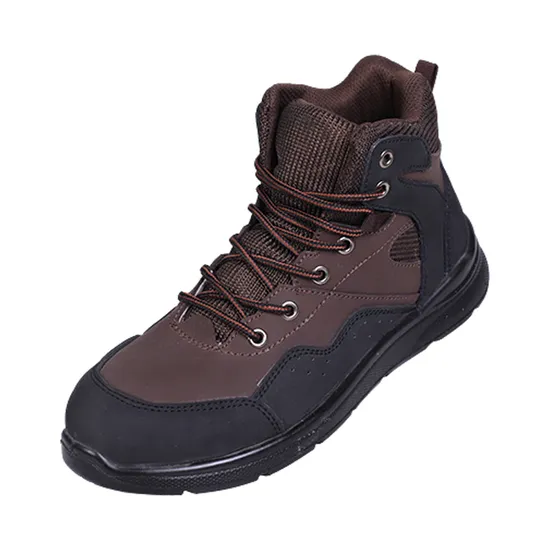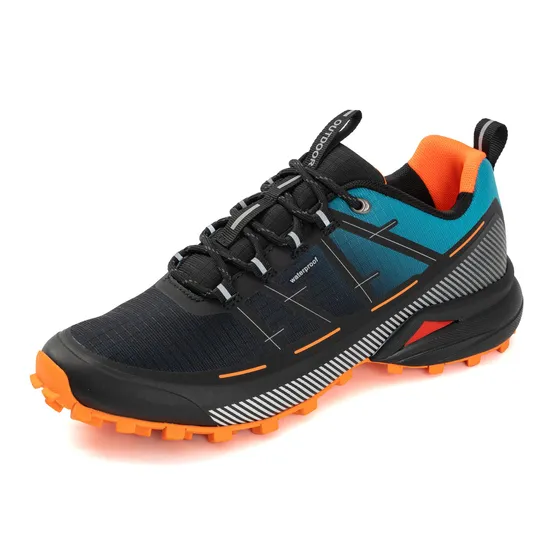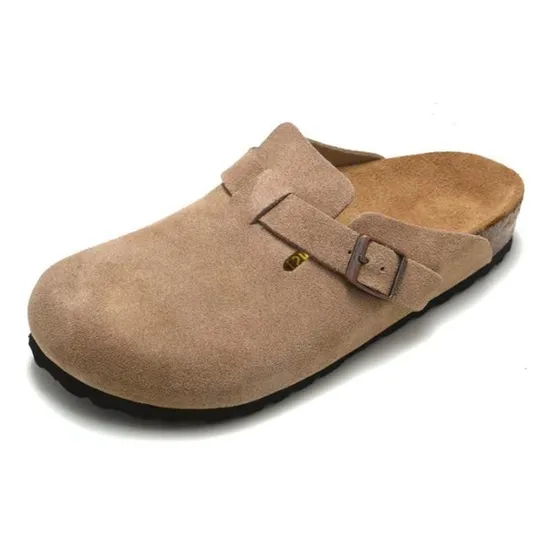
The global footwear market is experiencing rapid growth, with demand in Eastern Europe rising due to evolving consumer preferences and urbanization trends. For Latvian businesses, sourcing shoes directly from China offers unparalleled opportunities to access high-quality products at competitive prices. However, navigating international procurement requires strategic planning, compliance expertise, and an understanding of logistical complexities. This article explores how Latvian companies can efficiently procure footwear from China, addressing key challenges, cost-saving strategies, and actionable steps to ensure seamless transactions.
—

Why Source Shoes from China?
China remains the world’s largest shoe manufacturer, producing over 10 billion pairs annually, accounting for 60% of global footwear exports. Key advantages include:
– Cost Efficiency: Labor and production costs in China are significantly lower than in Europe, enabling competitive pricing.
– Diverse Product Range: From athletic wear to luxury footwear, Chinese factories offer customizable designs and materials.
– Scalability: Manufacturers can handle bulk orders, ideal for retailers or wholesalers targeting Latvian and EU markets.
—

Step-by-Step Procurement Process
1. Market Research and Supplier Selection
– Identify Needs: Define product specifications (e.g., materials, sizes, certifications) and target price range.
– Supplier Vetting: Use platforms like Alibaba or Global Sources to find verified factories. Prioritize suppliers with ISO certifications, trade assurance, and export experience.
– Factory Audits: Conduct virtual or on-site audits to assess quality control, worker conditions, and compliance with EU regulations (e.g., REACH, RoHS).
2. Negotiating Contracts and Payments
– MOQ (Minimum Order Quantity): Negotiate terms based on order size—smaller MOQs suit startups, while bulk orders reduce per-unit costs.
– Payment Terms: Use secure methods like LC (Letter of Credit) or escrow services to mitigate financial risks.
– Lead Times: Factor in production (20–45 days) and shipping durations (30–60 days via sea freight).
3. Logistics and Customs Compliance
– Freight Forwarders: Partner with logistics providers specializing in China-EU routes to optimize shipping routes and avoid delays.
– Customs Documentation: Ensure proper labeling, invoices, and certificates (e.g., FOB/CIF terms, CE marking for EU market access).
– Tariffs and Taxes: Leverage Latvia’s membership in the EU to benefit from reduced tariffs under the EU-China Trade Agreement (if applicable).
4. Quality Assurance and Samples
– Pre-Production Samples: Request prototypes to verify material quality, sizing, and design accuracy.
– Third-Party Inspections: Hire agencies like SGS or Bureau Veritas to inspect goods before shipment, reducing the risk of defects.
—

Key Challenges and Solutions
1. Language and Cultural Barriers
– Solution: Use translation tools or hire bilingual liaisons to communicate specifications clearly.
– Example: A Latvian retailer partnered with a Chinese agent fluent in Latvian to negotiate terms and resolve quality disputes efficiently.
2. Intellectual Property Risks
– Solution: Register trademarks in China and the EU to prevent counterfeiting. Include non-disclosure agreements (NDAs) in contracts.
3. Sustainability Concerns
– Solution: Source eco-friendly materials (e.g., recycled polyester) and prioritize suppliers with green certifications (e.g., B Corp).
4. Shipping Delays and Costs
– Solution: Opt for multimodal transport (e.g., rail freight via the China-Europe Railway Network) to balance speed and cost.
—
Cost-Saving Strategies
1. Consolidated Shipping: Pool orders with other Latvian businesses to fill containers and split logistics costs.
2. Trade Agreements: Utilize EU-China agreements (e.g., reduced tariffs on footwear under the EU’s GSP scheme).
3. Local Warehousing: Partner with EU-based 3PL providers to store inventory closer to customers, avoiding last-mile delays.
—
Case Study: Latvian Sportswear Retailer Success
A Riga-based sportswear company partnered with a Chinese factory to source 5,000 pairs of running shoes. By negotiating FOB pricing and using rail freight, they reduced costs by 35% compared to EU suppliers. Pre-shipment inspections ensured a 98% defect-free rate, while leveraging EU tariffs saved an additional €12,000 annually.
—
Future Trends in China-Latvia Footwear Trade
1. E-Commerce Integration: Direct-to-consumer models via platforms like Shopify or Amazon Europe streamline sales.
2. Sustainable Sourcing: Growing demand for eco-friendly materials will drive innovation in Chinese factories.
3. Blockchain Traceability: Adoption of blockchain for supply chain transparency to meet EU consumer expectations.
—
Conclusion
Procuring shoes from China to Latvia is a strategic opportunity for businesses seeking cost efficiency and market scalability. By prioritizing supplier vetting, compliance, and logistics partnerships, Latvian companies can mitigate risks and capitalize on Europe’s growing demand for affordable footwear. As trade policies evolve and sustainability becomes a priority, proactive adaptation will ensure long-term success in this competitive landscape.
Start Your Sourcing Journey Today
Leverage China’s manufacturing prowess to elevate your Latvian brand. Partner with trusted logistics providers and embrace digital tools to streamline every step—from factory selection to customer delivery.
Article link:https://www.vlefooena.com/manufacturer/3897/

No reply content